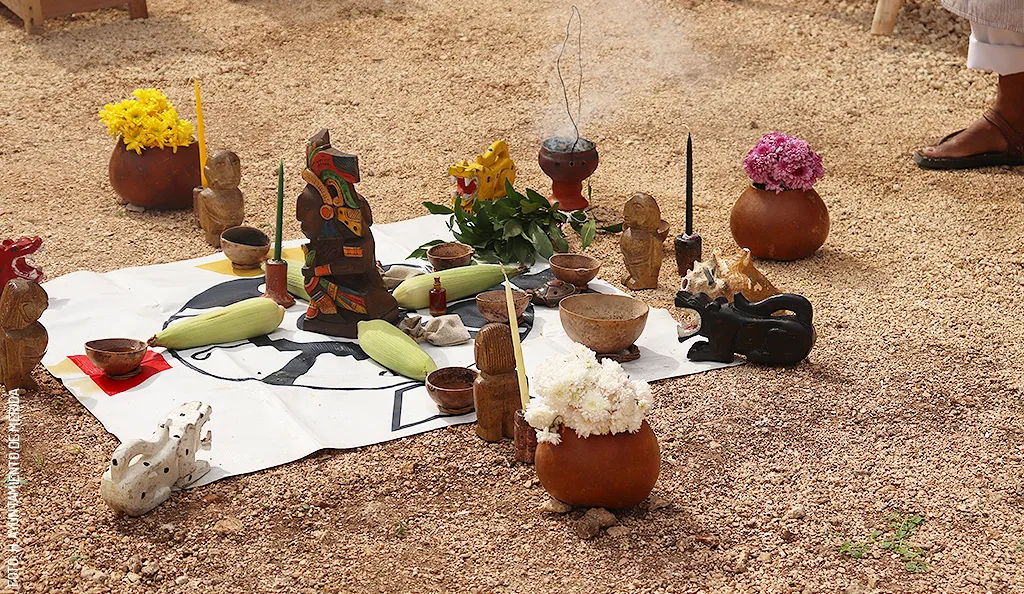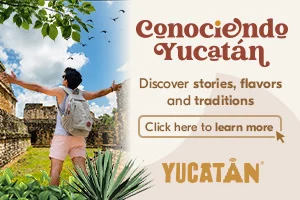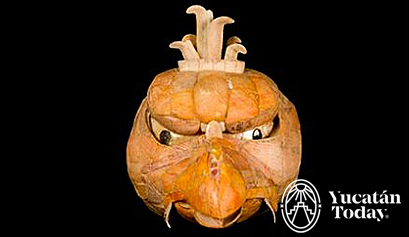
The Maya: Funeral Rituals
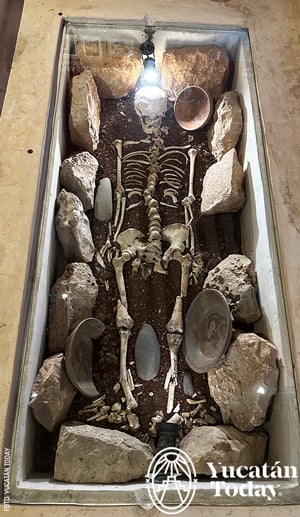 Archaeological studies have determined that the Maya practiced both burial and cremation. The varieties of tombs range from simple holes in the ground to rich burial chambers. There is also much variety in the positions of the dead bodies, placed a thousand different ways.
Archaeological studies have determined that the Maya practiced both burial and cremation. The varieties of tombs range from simple holes in the ground to rich burial chambers. There is also much variety in the positions of the dead bodies, placed a thousand different ways.
The Phases of the Maya Burials
Generally, the dead were buried in their own homes or where they practiced their work. There were several phases in the burials. First, an initial burial, to be finalized years later, which may be accompanied by a cleaning of the bones, removing leftover flesh and other adhesions.
In some burials, various objects are often discovered that must have been part of the mortuary regalia; of course, with a symbolic meaning related to the afterlife. One of the pieces found on a recurring basis is a mask (jade, stucco or wood) that was placed on the face of the deceased. According to scholars, these masks might have referred to the change of status of the bearer (of earthly life to the “underground”), constituting one of a kind of ceremony of regeneration.
Another piece often found with the dead (sometimes in large numbers) is the mirror. And in the complex Maya religion, these “magic” tools, capable of reflecting images, were an excellent means of contact with Xibalba, that underground world ruled by spirits of disease and death, symbolized at the same time. According to research notes from the Universidad Nacional Autónoma de México, these mirrors are not what we know today: they were carved stone with a concave reflective surface, which, of course, distorts the image, concentrating the reflection in the center of the mirror.
Maya Spirit Companions
Returning to the funeral rites, remains of other dead bodies have also been discovered next to the “principal” one. Apparently, these “secondary“ bodies belonged to people who were sacrificed so that the deceased enjoyed companionship on their journey to the Other World, as in the tomb of King Pacal of Palenque. In other cases, the dead were not accompanied on their trip to the hereafter by sacrificial victims, but had the help of inhabitants of the underworld, known as "wayob" (literally, “spirit companions”).

Author: Yurina Fernández Noa
Cuban journalist with a vast career at media like Diario Las Américas. Her expert, sensitive writing masterfully explores stories and traditions, unveiling diverse cultures.
¡Receive the latest articles and much more from the best of Yucatán in your email!
Related articles
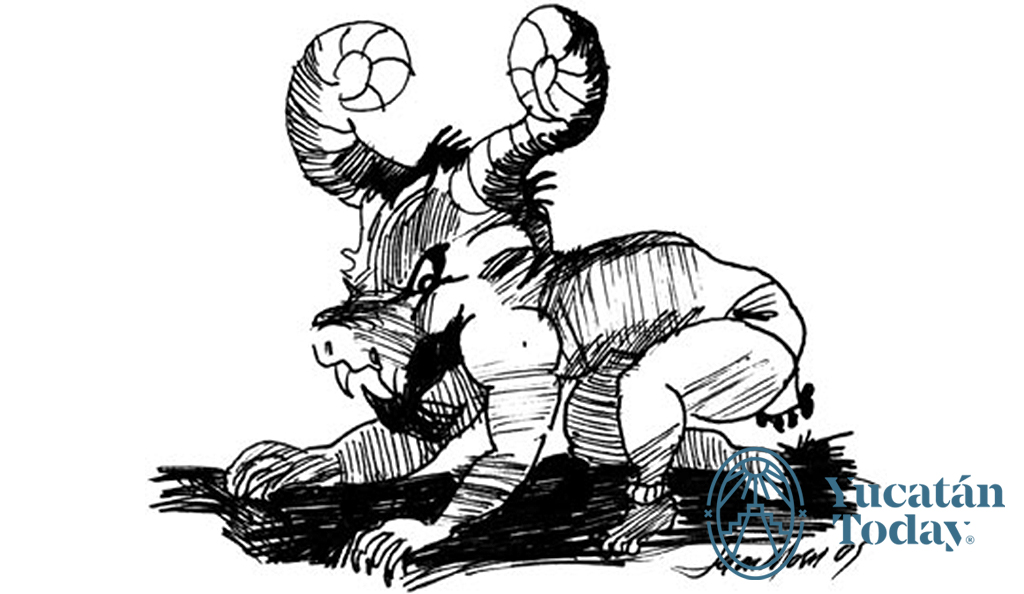
The Scary Maya Legend of “Huay Chivo”
The Latin American reality was magical and marvelous long before we had anthems and flags, thanks to its natural scenery, native people, and to the...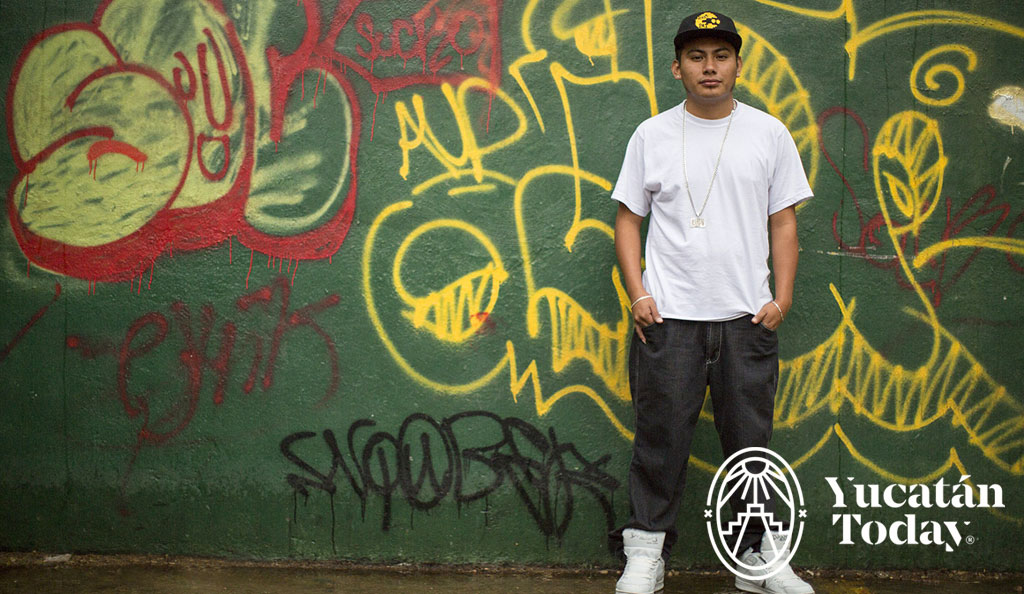
Maya Language in Urban Music
**Xíimbal Kaaj: Mayan Rap by Pat Boy and Yazmín Novelo.** An anthem to travel Yucatán, showcasing the vibrant Mayan culture and language. Listen to...